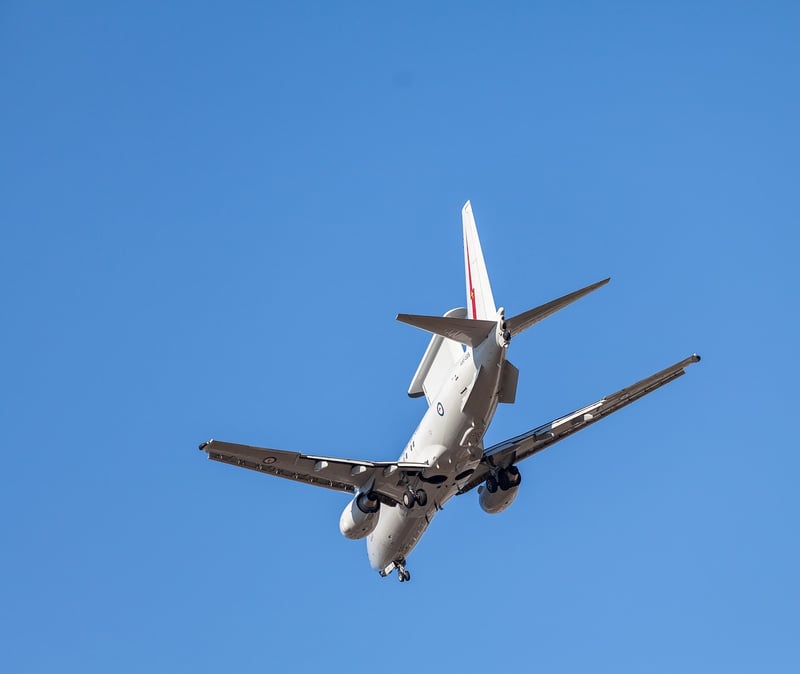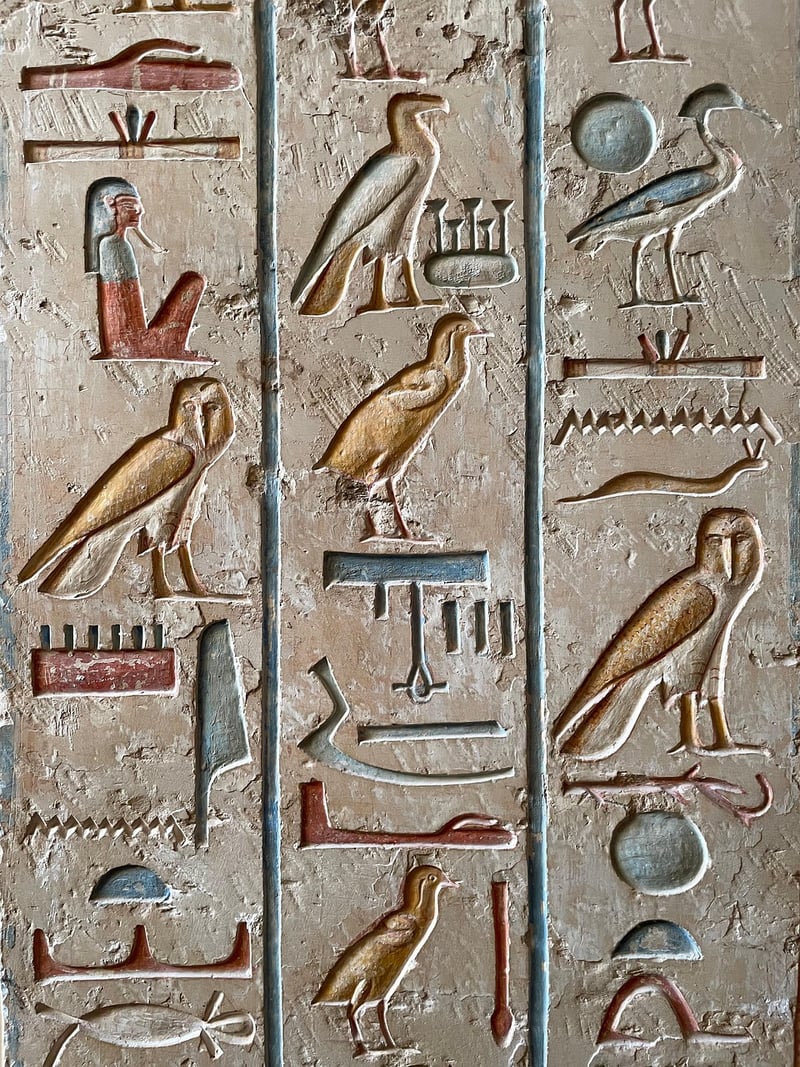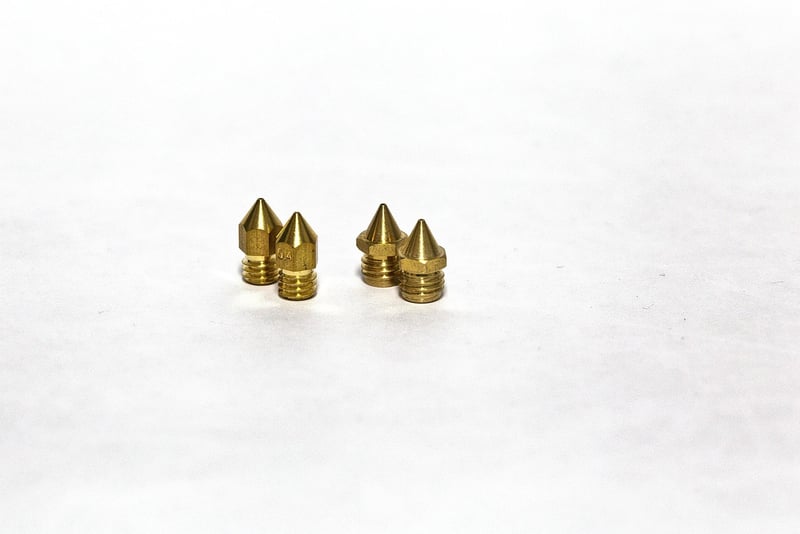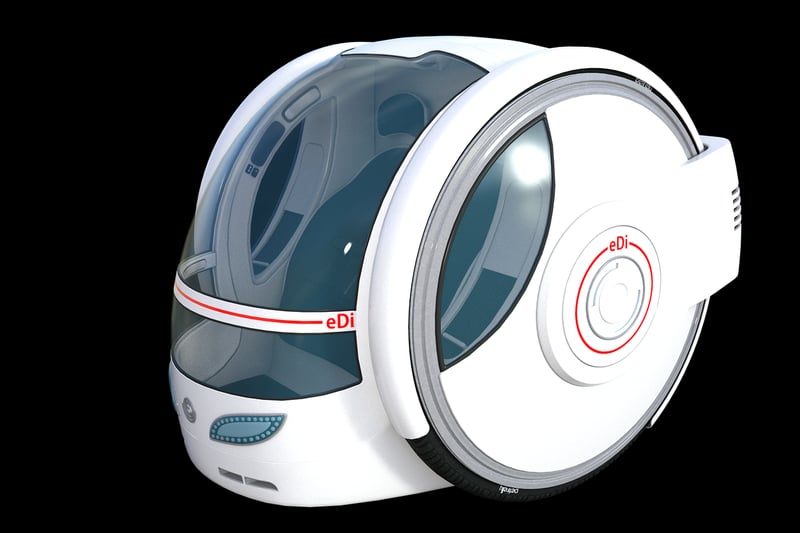Future Technology
Uncover Hidden Relics: Combining Archaeology with Future Technology

Exploring the depths of history has always been a fascinating endeavor, and the field of archaeology continues to unveil secrets of ancient civilizations. However, with the integration of future technology, this age-old practice has been taken to new heights, allowing researchers to uncover hidden relics in ways never thought possible.
The Impact of Technology on Archaeology
Traditionally, archaeologists relied on tools like shovels, brushes, and trowels to carefully excavate sites. While these methods are still essential, modern technology has revolutionized the field. Ground-penetrating radar, LiDAR (Light Detection and Ranging), drones, and 3D scanning are just a few examples of technological advancements that have enhanced archaeological exploration.
Ground-Penetrating Radar
Ground-penetrating radar (GPR) allows archaeologists to see beneath the surface without disturbing the site. By sending radar pulses into the ground and measuring the reflections, researchers can detect buried structures, artifacts, and even entire cities.

LiDAR
LiDAR technology uses laser pulses to create detailed 3D maps of landscapes. By stripping away vegetation and terrain digitally, archaeologists can uncover hidden structures like pyramids, roads, and settlements that are invisible to the naked eye from the ground or even aerial photography.

Drones
Drones offer a bird's-eye view of archaeological sites, providing high-resolution aerial imagery and 3D models. They are particularly useful for surveying large areas quickly and efficiently, helping researchers identify potential excavation sites and plan their fieldwork effectively.

3D Scanning
3D scanning technology allows archaeologists to create detailed digital replicas of artifacts, sites, and even entire landscapes. These virtual models not only aid in preservation efforts but also enable researchers to study and share their findings with a global audience.

Embracing the Future of Archaeology
As technology continues to advance, the future of archaeology looks promising. By combining traditional excavation techniques with cutting-edge tools, archaeologists can delve deeper into the past, unraveling mysteries and preserving our cultural heritage for generations to come.
Uncover hidden relics with the power of future technology and embark on a journey through time like never before!
